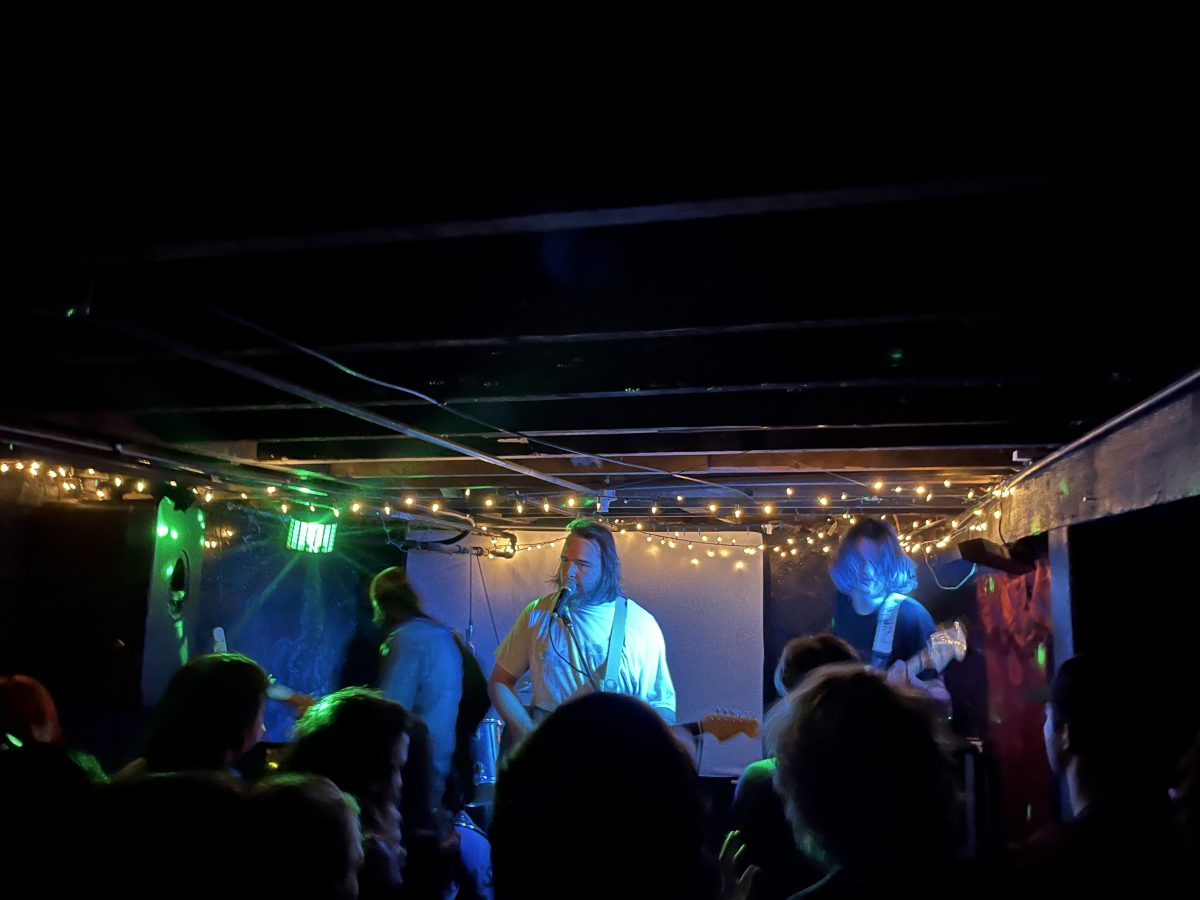The indie music staple magazine, Pitchfork, was once a leading name in online music journalism but became a subsidiary of GQ magazine on Jan. 17.
GQ being an established, corporate magazine, signifies a shift away from the DIY-ethos that defined indie music in the past.
“There has definitely been a shift of the meaning of indie music over the decades of being a DIY way of creating and promoting music, to almost becoming a genre in itself,” said Grace Williams, director of marketing at Radio K.
Indie music became a mainstream success in the late 1990s/early 2000s with bands such as The Strokes and Arcade Fire. It was a culmination of all the rock-related genres that came before it, mixing pop melodies with punk, folk and psychedelic-style instrumentals. As this style quickly saturated the market, bands had to turn to more unconventional sounds to stand out.
The Unicorns in 2003 gained popularity from Pitchfork’s glowing review of their album “Who Will Cut Our Hair When We’re Gone?” This is the only album the band ever released through a label and was lauded by online publications for its use of “fun” and “goofy” guitar and keyboard sounds.
As the genre progressed, experimentation increased. Bands like Animal Collective received a 9.6 from Pitchfork for their album “Merriweather Post Pavilion” for combining worldly sounds with electronic, atmospheric sounds and catchy hooks.
In the 2010s, this burst of eccentricity in the genre lost its steam. Vampire Weekend’s latest release is an uninspired take on jam-rock, a change from their first three albums that merged Afropop, synthpop and ska music. Tame Impala, a band that once had a gritty, psychedelic sound is now sticking to clean production inspired by disco and 80s pop. Even Car Seat Headrest, whose lo-fi aesthetics and long-winding song structures defined their early work, now is releasing music that sounds like an amateur take on EDM.
Nowadays, soft, guitar-driven pop saturates the indie market. Boygenius is arguably the most relevant band in indie music at the moment, in terms of mainstream success. However, their sound comes across as very safe and sterile in comparison to the ambition of their predecessors.
“Platforms like Spotify have started using the word ‘indie’ to describe the sound of the playlists even when they are predominately made up of artists signed on large labels,” Williams said.
The influence of TikTok and Spotify playlists on music discoverability could be attributed to the shift in the modern indie sound. There is less of a need for online publications such as Pitchfork or Stereogum to find new music. Instead, an algorithm can pick and choose tracks based on app activity.
“Discoverability has expanded significantly for up-and-coming artists because of social media, and more specifically TikTok,” said Minneapolis-based artist Mike Kota. “People are two times more likely to discover an artist on TikTok than any other platform.”
It seems in the past years that DIY artists have shifted away from indie and more towards electronic production. With music-making software becoming more accessible to the average person, bedroom producers are more likely to find ways to experiment with effects and plugins than with guitars and other physical instruments.
Still, the indie sound is alive and well in local scenes. The Como neighborhood in Minneapolis has regular house shows with a diverse lineup of acts.
“The people and bands of a scene may change with time, but the community always remains in some way or another to build up and support each other,” said Henry Meyer, owner of the Como Backdoor venue.
While indie musicians have a greater opportunity to put their music out there, they have to compete in an oversaturated, ever-shifting market. Indie music, once a dominating force on the music scene, has now become a niche genre.














